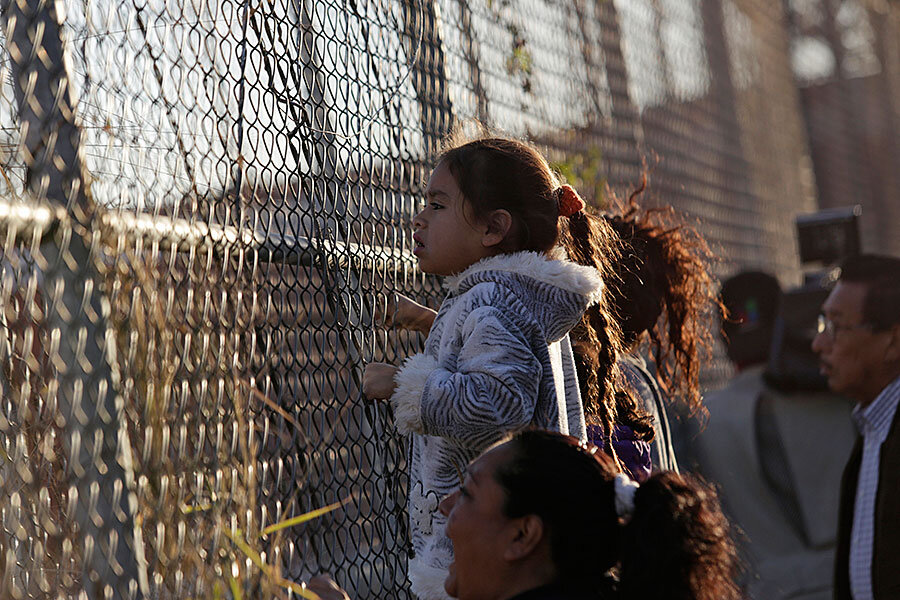What does a deadly prison riot tell us about Mexico's war on corruption?
Loading...
A prison riot in northeastern Mexico, sparked by a battle between two rival drug gangs, has left at least 52 inmates dead.
The violence, near the city of Monterrey in Nuevo León state, which also sent flames licking into the night sky, erupted in two areas of the prison, as members of the Zetas fought those of the Gulf cartel.
The incident refocuses the spotlight on Mexico’s war on corruption and the cartels, calling into question the efficacy of those efforts.
“This riot, like several others in recent years, underscores the problems and high levels of corruption in prisons,” says Maureen Meyer, Mexico expert at the Washington Office on Latin America (WOLA), in a telephone interview with The Christian Science Monitor. “In fact, the prisons are often not even controlled by the government, but by the drug gangs incarcerated there.”
The prison system has earned a good deal of attention in recent years, as the world has followed the comings and goings of kingpin Joaquín “El Chapo" Guzmán, arrested for the third time by Mexican forces only in January, following his second escape.
“Mr Guzmán leaves a trail of painful questions,” writes The Economist. “The biggest: what does it say about Mexico’s institutions that its most famous criminal can break out of a federal prison that is protected by a no-fly zone?”
The state of Mexico’s prisons is a reflection of a far deeper malaise affecting the country, manifesting itself not only in the vicious cartel wars and the government’s own efforts to rein them in, but also in the corruption infecting the police and the judiciary.
A 2015 report by the US Congressional Research Service talks of a “government ... beleaguered by charges of corruption and low approval ratings.”
The World Justice Project gives Mexico a ranking of 79 out of 102 countries in its 2015 Rule of Law Index.
The government of President Enrique Peña Nieto has been making efforts to address the situation. It has continued the previous administration’s strategy of targeting the cartels, especially the leaders.
“But what we’ve seen,” says Ms. Meyer, “is that if this isn’t accompanied by more diligent efforts to reform the judiciary and the police, then its achievements are limited. You end up with lots of people behind bars – some of whom shouldn’t be there – and cases falling apart.”
Some Mexican states have been more successful in addressing drug-related violence. But others are crumbling under the pressure.
Take Veracruz, for example. Five young people there were recently just handed over by police to a criminal group, Meyer tells the Monitor.
A recent study, reported in the Mexican newspaper El Universal, assesses that only one in seven crimes is even reported, so low is the confidence in police.
Yet there are glimmers of hope. While efforts to reform the police appear to be more superficial and distracting than substantive, similar strides to target the judiciary bear more teeth.
Constitutional reforms, addressing the judiciary, were passed in 2008, but their implementation is proving slow.
“I think we need to see a lot more commitment from the government to go after corruption,” says Meyer, “and in its efforts to attack the abilities of criminal organizations to penetrate government institutions.”






